
During this time, I believe that many people will stay in front of the TV set after dinner, and cheer for the team they support. While enjoying the highest level of football in the world, you may not know that the contribution of the chemical industry to a wonderful football match, in addition to the athletes, coaches, referees and fans, is not known. The development of football itself is the epitome of the development of material science. The artificial turf promotes the further promotion and development of football, and the high-tech equipment of football players is more dependent on the chemical industry.
1. Rubber Technology
Make perfect football
When you enjoy the highest level of the ball game or when you play football, have you ever wondered what material is used for football? TV commentators often call football “ ” are they really made of leather?
In fact, when football has just developed, material technology has become the key to its standardization and becoming a formal sport. This is because a ball game can not be normalized, depending on whether a material can be found to keep the ball stable in size, weight, and internal pressure for a specified time, and not to be kicked; at the same time, this material ensures that the ball can be produced in all parts of the world. In the past, people used animals' bladder and stomach to fill up the air, then wrapped leather and kicked it. Obviously, such football is easy to be kicked and can not meet the requirements of extensive promotion of football.

In 1838, this difficulty was solved by an American chemist. This chemist is the famous Charles · Goodyear. The rubber vulcanization technology he invented not only became the foundation of today's global rubber industry, but also achieved the football game. Until now, all football's interior is still rubber products.
With the continuous improvement of the competitive level, the demand for the air tightness of the ball is becoming higher and higher in modern football. The butyl rubber, which is used in automobile and aircraft tires, has become the first choice for the internal gallbladder of football. Not only that, the butyl rubber also has excellent waterproof and heat-resistant, which makes today's football stable in various venues and in the environment.
However, football can not be just a bladder, after all, the rubber ball is not very comfortable. In the mid and late nineteenth Century, football manufacturers were outside the rubber liner and the outer layer of the leather. These football also became the earliest standardized football image. At this time football, can be said to be the true meaning of “ leather ball ” However, there is a clear problem with such treatment: the leather is easy to absorb water. If you kick the ball on a rainy day, the football will become more and more heavy. It is good to kick the ball with your feet and stop the ball with the trunk.
According to a British survey, early football players are suffering from dementia, which is why leather football is the reason. However, because the development of synthetic materials at that time can not meet the needs of football, leather football has been used in 1970s.
In 1974, Adidas joined the Bayer Material Company (and now KOS), developed a polyurethane football outer material, and used it in the world cup in the year. This material makes football more flexible, and does not absorb water and rot. It becomes the first choice for football outer material. In the 1986 World Cup, leather materials completely withdrew from the World Cup stage.
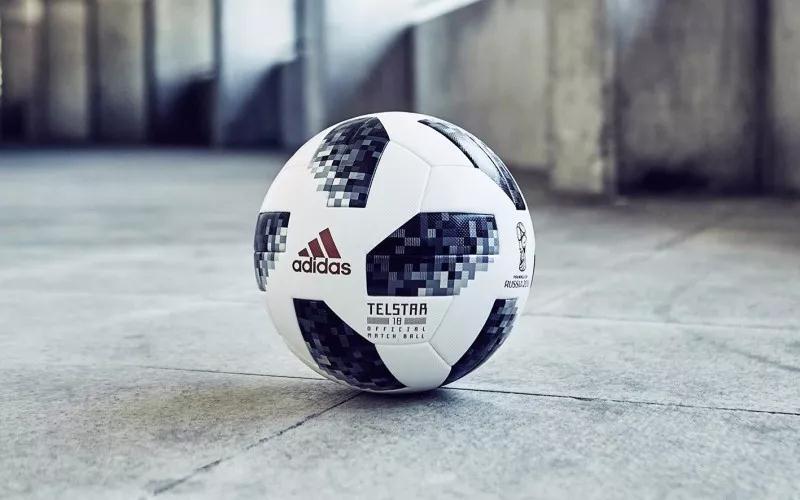
The Russian world cup is named “ Telstar18” the use of three meta propylene rubber (EPDM) polymerization technology, raw materials extracted from sugarcane, and effectively reduce the emissions of hydrocarbons, so that natural pollution.
2. artificial turf
Promote the promotion of football

In fact, most of the football matches we saw on television were carried out on the natural turf pitch. However, it also brings a problem. Natural lawn courts require regular maintenance, water, pruning, and insect removal. If some areas are too hot, too cold, too dry and too wet, the normal maintenance of natural grass can not be guaranteed and the cost of operation will be greatly improved. This is very impractical for some schools, communities and public venues. Then, where is the usual football match and training? The maintenance cost of natural turf is so high. How can we make it better popularized to the public?
I believe that everyone has thought of the answer. That's right. At this time, artificial turf showed its potential. The so-called artificial turf is the imitation grass leaf like synthetic fiber, implanted on the woven base cloth, coated with a fixed role on the back of the coating.
Artificial turf consists of base layer, buffer layer and turf layer. The foundation layer is made up of compacted soil layer, gravel layer and asphalt or concrete layer. The foundation layer is a buffer layer, usually composed of rubber or foam plastics. The rubber is moderately elastic, with a thickness of 3~5 millimeter. The cost of foam plastics is low, but the elasticity is poor, so the thickness needs to reach 5~10 mm. The buffer layer should be firmly pasted on the base layer, usually with white latex or adhesive. The surface of the artificial turf is the sod layer, which is divided into chorionic hay, roughed and curly nylon SOD, leaf shaped polypropylene fiber, polyamide silk, and so on. The main materials used are polyethylene, polypropylene and polyamide, and latex must be glued to rubber or foam.
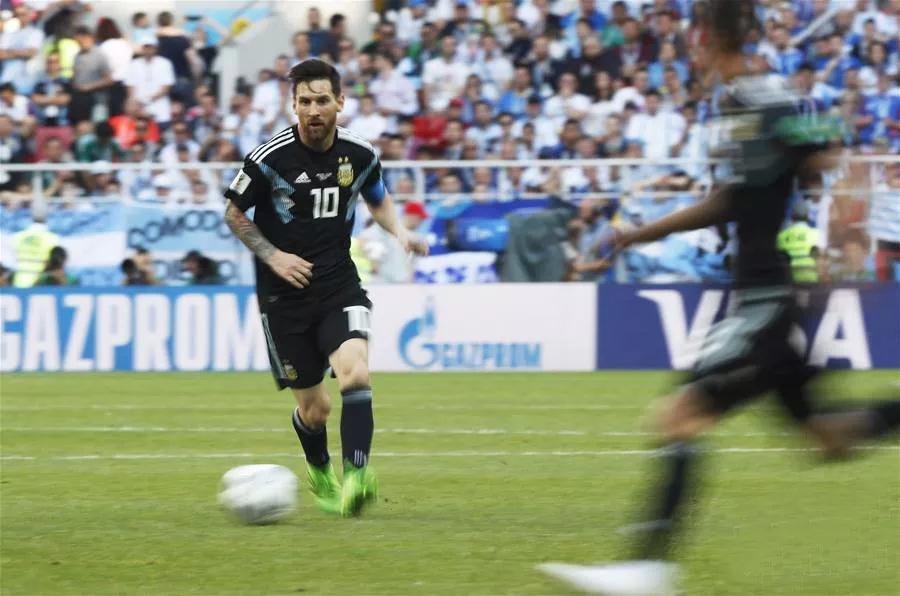
Compared with natural turf, artificial turf has similar properties, strong weather resistance, wide application and very low maintenance cost. It is very suitable for the areas and places which are not suitable for planting natural herbs, and is also beneficial to the public health. FIFA is also very willing to promote artificial turf because of the characteristics of artificial turf. In the long winter of Iceland and bhutan in the plateau climate, local courts built artificial turf, which also helped.Iceland and Bhutan and other countries have increased their football strength rapidly. The women's World Cup 2015 became the first international competition to use artificial turf. Most of the golf courses around us are artificial turf.
However, artificial turf also has many shortcomings and can not replace natural turf. First, the natural grass has a significant cooling effect, and the artificial turf does not, the summer competition, the artificial turf will be very hot; secondly, the &ldquo of the artificial turf; the grass seed ” more hardened than the natural grass, which aggravates the risk of the injury of the skin of the athletes. In addition, the elasticity of the football on the natural turf is smaller and the rolling speed is faster, which is more conducive to players' possession of the ball. Therefore, some football players have become opponents of artificial turf.
3. synthetic material
Help players play better
According to FIFA, football players are equipped with shirts, shorts, socks, shoes and leg pads. If they are goalkeepers, they need to wear gloves. And the production of these equipment is basically inseparable from high tech chemical products.
In the case of jerseys and pants, modern uniforms require the best to help the players to heat and sweat, and the usual rob and pull at the time of movement require a good flexibility in the shirt. In this way, traditional natural fabrics are not competent. When the synthetic resin industry developed, the jersey fabrics quickly abandoned wool and cotton, instead of polyester and nylon. Today, top grade jersey fabrics are made of Lycra, a polyurethane fiber (spandex). This material has excellent elasticity, is not easy to absorb water, and can be blended with other fabrics, becoming the preferred fabric for athletes' jersey.
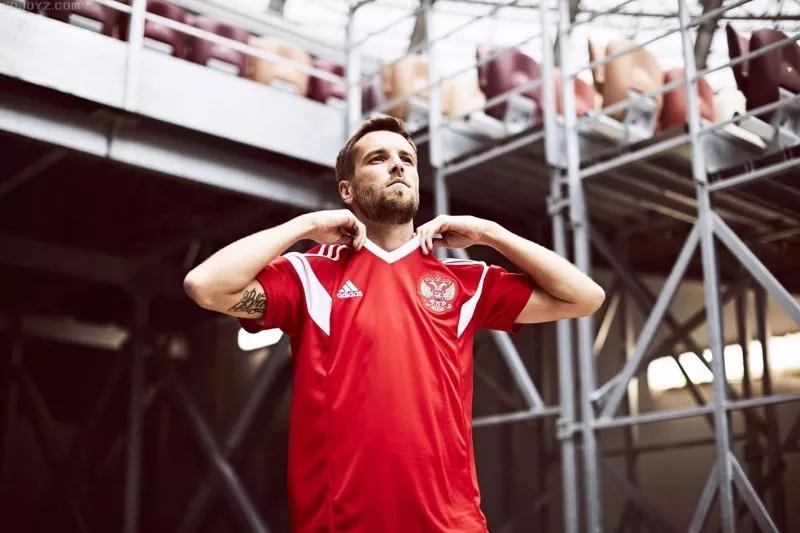
2018 during the world cup, about 60% of the sportswear of sportswear was processed by mineral water bottles. The environmental protection Jersey produced by this plastic extract is not only light and breathable, but also fast sweating.
Let's look at the football shoes. It consists of 3 parts, vamp, soles and studs. Kangaroo skin has always been the top choice for top shoe upper material. With the development of synthetic materials industry in recent years, polyester and nylon composite materials are becoming the new favorite of shoe upper materials. At present, the top synthetic materials have been able to overcome the disadvantages of natural leather water absorption and wear resistance, and can inherit all the advantages of natural leather, and are more durable and lower cost of raw materials.
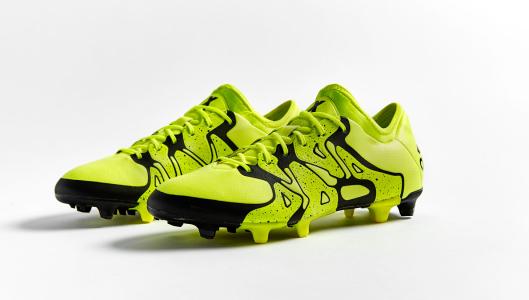
The sole material is mainly thermoplastic polyurethane (TPU), which has the characteristics of toughness, wear resistance and low cost. It matches the requirements of high strength confrontation for football shoes. Nylon is also a good choice if TPU material is heavier, lighter but less resistant.
The material of the stud is quite particular. According to the different use of the site and climate, the material of the stud also has different choices. For professional athletes who usually play football in natural SOD, steel nails and rubber staples are most common.
Let's look at the goalkeeper gloves. It's not a common knitwear. The core of the glove is the palm material, which is usually combined with a natural rubber and a specific synthetic rubber, with a thickness of 3~4 millimeter, requiring a strong viscosity and friction coefficient that can help the goalkeeper to fly better. A ball of leather. Before these materials developed, goalkeepers seldom wore gloves. If we see &ldquo in the world cup, butter hand &rdquo, please remember, this must be goalkeeper's fault.
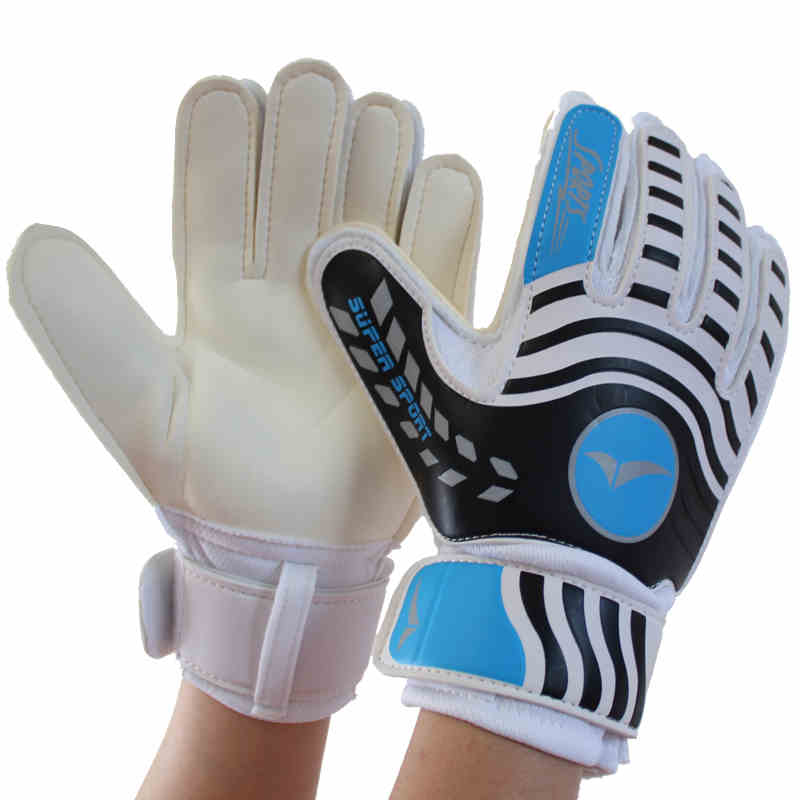
The leg plate is used to protect the athlete's calf, and the material is the highest technology in all equipment. At present, the leg plate is mainly made of 5 kinds of materials, including glass fiber, foamed rubber, polyurethane, plastic and metal. Glass fiber is lightweight and strong in structure. It is the best material for leg guards. Recently, with the development of high-performance fiber composites, carbon and titanium fiber composites have also become the manufacturing materials of the top leg panels. While providing adequate protection for athletes, they do not bring burdens to athletes and do not affect the running of the players.

Source: China chemical industry newspaper








